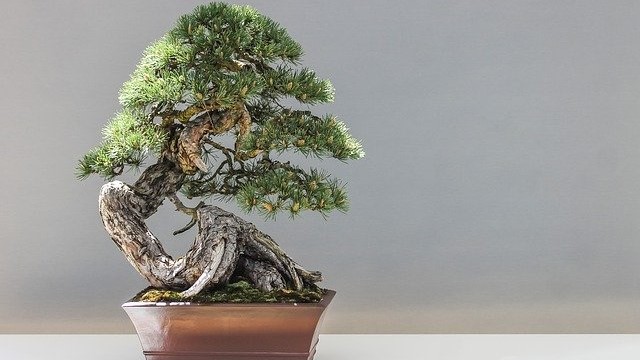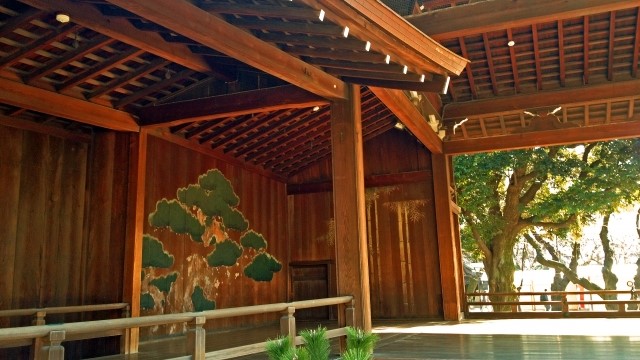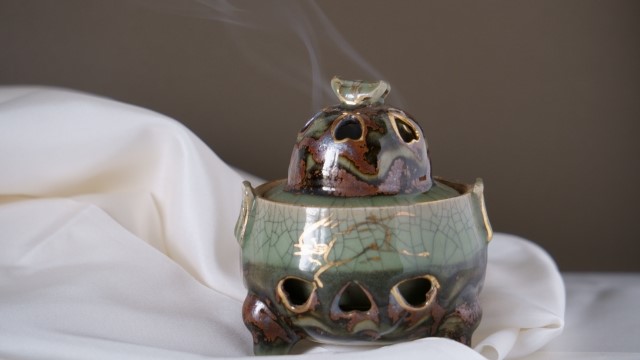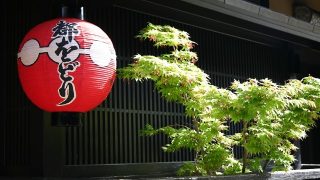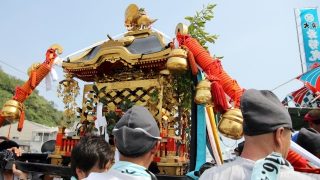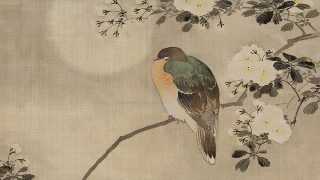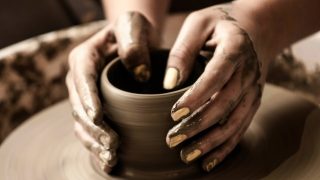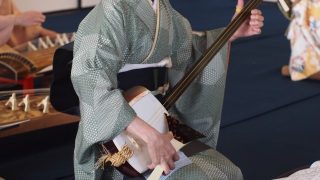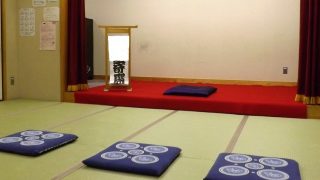About Ikebana (生け花)
Ikebana is a traditional Japanese art form that combines flowers, plants, and other materials to create a single work. The name “Ikebana” comes from the meaning of “Flowers are arranged,” but not only the flowers but also the leaves, branches, moss, and the vessel for arranging the flowers are one of the elements, all of which make up one work.
Generally, flower arrangements like bouquets sold at flower shops do not have a frontal view and can be viewed from any direction. Still, many styles of Ikebana have a fixed direction of viewing, and it is common to view them from the front.
The beginning of Ikebana
Since ancient times, Japanese people have regarded natural plants, trees, and flowers as objects of divine residence.
In the Heian period, aristocrats used to decorate the gardens with seasonal flowers and compete to see who was better.
In the Muromachi period (1336-1573), when the style of living was changed to Shoin-zukuri and “Tokonoma” was built, “Tatehana(立て花)” was born as a tatami decoration.
Ikenobo Senkei became known as a master of Tatehana(立て花). After that, there was a succession of great players from Ikenobo. Ikenobo Senko (2nd generation) created the style of “Rikka(立花).” The Ikenobo family has become one of the most famous styles in Japan.
On the other hand, simple and freestyle “Chabana(茶花)” (flowers that can be arranged on the floor of the tea ceremony table) also appeared.
In the Edo period, “Nageirebana,” which incorporates elements of Chabana, became popular.
Eventually, it evolved into “Shoka(生花),” which defined a simple style, and many styles emerged. In modern times, it has become a widespread practice for women.
Ikebana has many different names depending on the time period. Although the style may be different, the love of flowers remains the same today and in the past.
Difference between Ikebana and flower arrangement
The difference between Ikebana and flower arrangement is as follows.
・Flower arrangement

・Ikebana
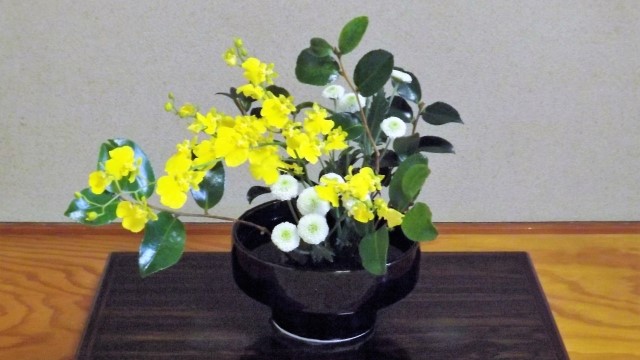
Differences in style
Flower arrangement is called “beauty of addition” and uses a lot of flowers to fill the space. On the other hand, Ikebana is said to be a “beauty of subtraction,” and instead of cramming a lot of flowers into a space, it uses as few seasonal plants and trees as possible to create a rich space.
Differences in tools
Flower arrangement is made by putting a water-absorbing sponge into a vase and inserting the flowers.
In Ikebana, a metal base called Kenzan is used.
The difference in the place of birth
Flower arrangement is said to be a culture that originated in ancient Greece and Egypt and spread to Europe.
Ikebana is a traditional Japanese culture. Ikebana has the spirit of a unique Japanese culture that has been nurtured and developed in Japan for hundreds of years.
Styles and Basic forms of Ikebana
There are a number of styles.
Ikenobo, Misho-ryu, Ohara-ryu, Sogetsu-ryu, and so on.
Different styles use different basic forms, such as Shinsoe-tai or Shinsoe-hikae, rather than Tenchijin.
Ikenobo
Ikenobo Senkei, a Kyoto monk, founded the style in the Muromachi period. Ikenobo produced master Ikebana artists such as Senko (2nd generation), who achieved great success in Rikka from Tatehana and created the history of Ikebana.
Ten-chi-jin-sansai (天地人三才)
This is the most basic form of Ikebana.
The Ikebana is composed of three branches. It is based on the ancient Chinese idea that people are between the heavens and the earth and that a harmonious universe is formed. The name of each branch is different for each style.
Ikebana’s tools
Flower scissors
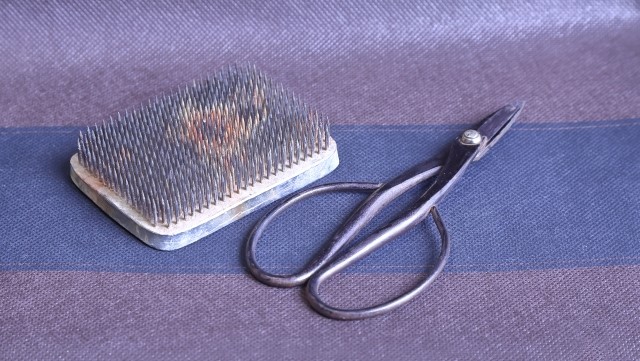
Scissors for cutting flowers and branches. Compared to ordinary scissors, the holding part of the scissors is longer than the blade.
Vessel
A vessel for flowers. There are a variety of materials, but the combination with the flower material is important.
・Vessel and Kenzan
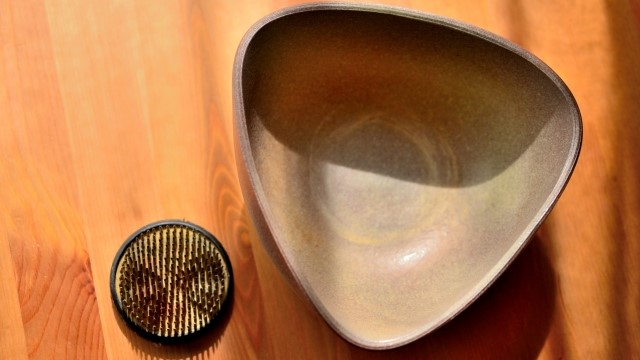
Kenzan
A circular or square shaped metal base with needle-like protrusions, and a flower is inserted and fastened to the needle-like protrusions.
What we can learn through Ikebana
We will learn more than just flowering skills and knowledge.
By arranging the flowers, plants, and trees of the four seasons in practice, we can develop a sensitivity to the changes in the seasons.
By observing and touching the life of these wonderful flowers, plants, and trees, we can reaffirm our gratitude for nature’s blessings.
Furthermore, through the heart-to-heart interaction between master and disciple and disciple and disciple, an attitude of respect and care for others is cultivated.
We are happy if you can feel the charm of Ikebana in Japan.




